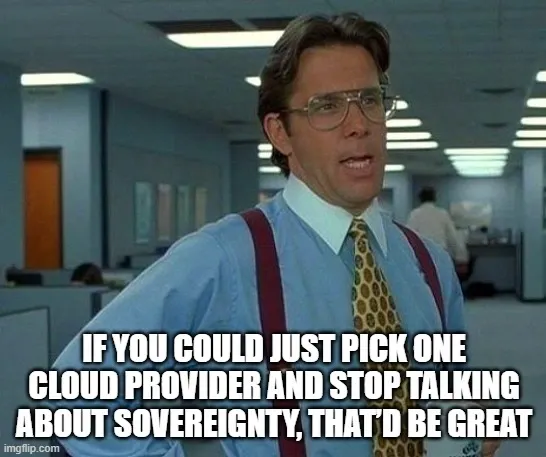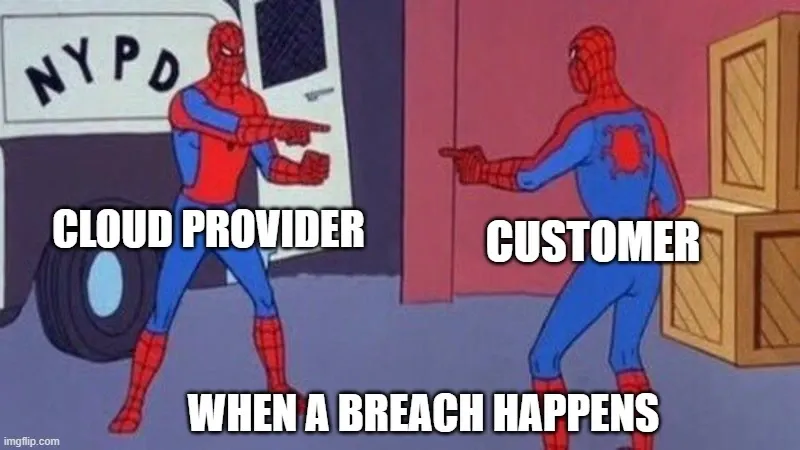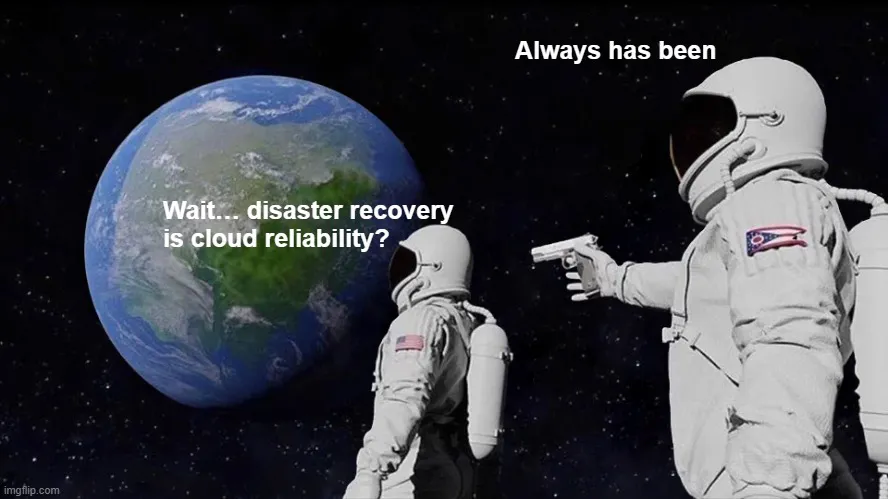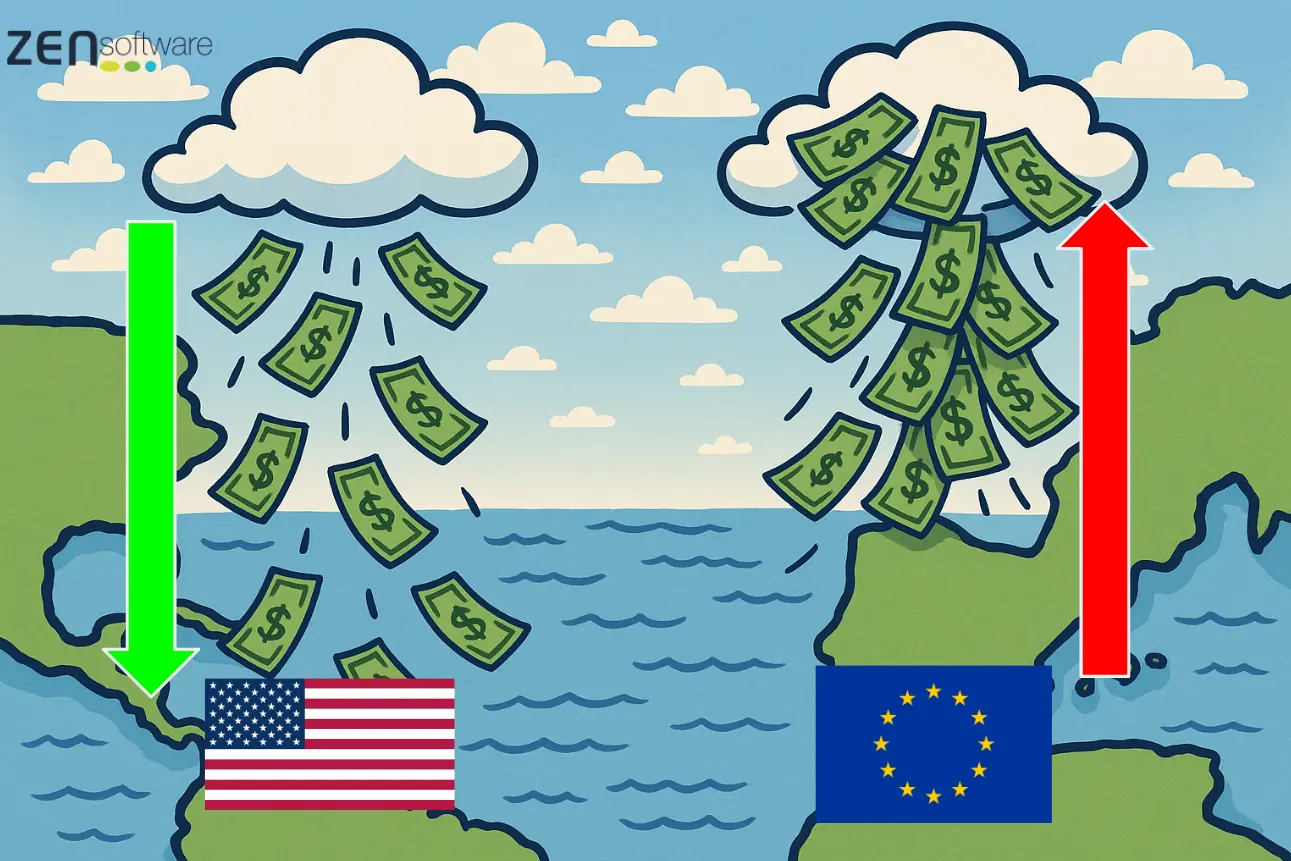OnlyCloud: Euro Cloud vs US Cloud

For over a decade, the global cloud market has been dominated by US hyperscalers — AWS, Microsoft Azure, and Google Cloud. These giants defined what “the cloud” means for most organisations: scalable infrastructure, global reach, and near-limitless services. Yet in recent years, a counter-movement has emerged in Europe, where concerns about digital sovereignty, data protection, and geopolitical independence are reshaping how cloud is perceived and consumed. The rise of Euro Cloud providers is not just a regional trend — it’s a strategic attempt to balance innovation with sovereignty.
The US Cloud Model: Scale, Speed, and Dominance
The US-based cloud players owe their dominance to two things: scale and speed. With vast global infrastructure footprints, aggressive pricing, and relentless innovation, they quickly became the default choice for startups, enterprises, and governments alike.
From AI APIs to managed Kubernetes, hyperscalers built ecosystems so vast that many companies no longer buy servers — they buy services. In practice, this has accelerated digital transformation worldwide, but it has also created dependencies.
For European organisations, relying on US hyperscalers often means navigating a web of compliance concerns. GDPR introduced stricter rules on data transfers outside of the EU, and cases like Schrems II highlighted how US surveillance laws may clash with European privacy principles. As a result, trust in the US cloud model is strong for performance, but shaky for sovereignty.
The Euro Cloud Approach: Sovereignty and Trust First
Euro Cloud initiatives — such as OVHcloud, Scaleway, Deutsche Telekom’s Open Telekom Cloud, and the Gaia-X framework — are pushing a different narrative. Rather than competing directly with hyperscalers on breadth of services, they focus on values: data sovereignty, regulatory compliance, and European control.
For governments and regulated industries (finance, healthcare, public sector), this is a powerful proposition. Hosting sensitive data within EU borders, under EU law, provides an assurance US providers cannot fully replicate. Some Euro Clouds also emphasize open standards and interoperability, countering the “lock-in” effect of US services.
However, Euro Cloud faces a fundamental challenge: scale. The budgets of OVHcloud or Scaleway pale in comparison to AWS R&D. Service catalogs are narrower, and global reach is limited. Customers often face a tradeoff: compliance and sovereignty versus innovation and global infrastructure.
The Emerging Middle Ground: Hybrid and Multi-Cloud
For many organisations, the future isn’t Euro Cloud versus US Cloud — it’s both. Multi-cloud strategies allow businesses to leverage hyperscalers for cutting-edge services (AI, advanced analytics, global CDNs) while relying on Euro Cloud providers for regulated workloads.
This hybrid reality is also influencing how infrastructure is designed: data may stay in Europe, but applications may still call US-based APIs. The challenge is integration — making sure sovereignty isn’t undermined by hidden dependencies.
Looking Ahead: The Next Decade of Cloud Sovereignty
The battle between Euro Cloud and US Cloud is not about technical capability alone — it’s about politics, trust, and control of digital infrastructure. As AI, quantum computing, and IoT expand the scope of cloud, the question of who controls the infrastructure will only grow more pressing.
Europe’s answer may not be to “beat” AWS at its own game, but to carve a unique identity: a cloud defined by openness, compliance, and trust. In parallel, US hyperscalers are adapting — offering EU-based data centres, local compliance frameworks, and promises of digital sovereignty. Whether these promises satisfy European regulators and customers remains to be seen.
The future of OnlyCloud is not a zero-sum game. Instead, it will likely evolve into an ecosystem where Euro Cloud and US Cloud coexist — sometimes competing, sometimes complementing each other. For businesses, the key will be navigating this landscape strategically, ensuring that sovereignty, performance, and innovation remain in balance.

Go Cloud Native, Go Big
Revolutionise your organisation by becoming a born-again cloud enterprise. Embrace the cloud and lead the future!
Read more:

How to Boost Your Google Cloud Skills: A Practical Growth Guide for Modern Engineers
The cloud is no longer just infrastructure — it’s a core capability for modern engineering teams. Whether you’re a softw...

Lessons from the Cloudflare Outage: Building Resilient Cloud Architectures
On November 18 2025, Cloudflare, a major content-delivery and internet-infrastructure provider handling roughly 1 in 5 w...

Shared Responsibility, Shared Confusion: Who Owns Security in the Cloud?
When companies move to the cloud, they often assume that the provider — whether AWS, Azure, or Google Cloud — takes care...

Disaster Recovery in the Age of Remote Work
The way we work has changed dramatically. Remote and hybrid models have shifted software development and IT operations f...

OnlyCloud: Euro Cloud vs US Cloud
For over a decade, the global cloud market has been dominated by US hyperscalers — AWS, Microsoft Azure, and Google Clou...

OnlyCloud: Europe Pays, America Profits — Time for a Fairer Cloud Balance?
When Donald Trump recently claimed: “Europe doesn’t buy anything American, not even cars,” he skipped an important truth...
